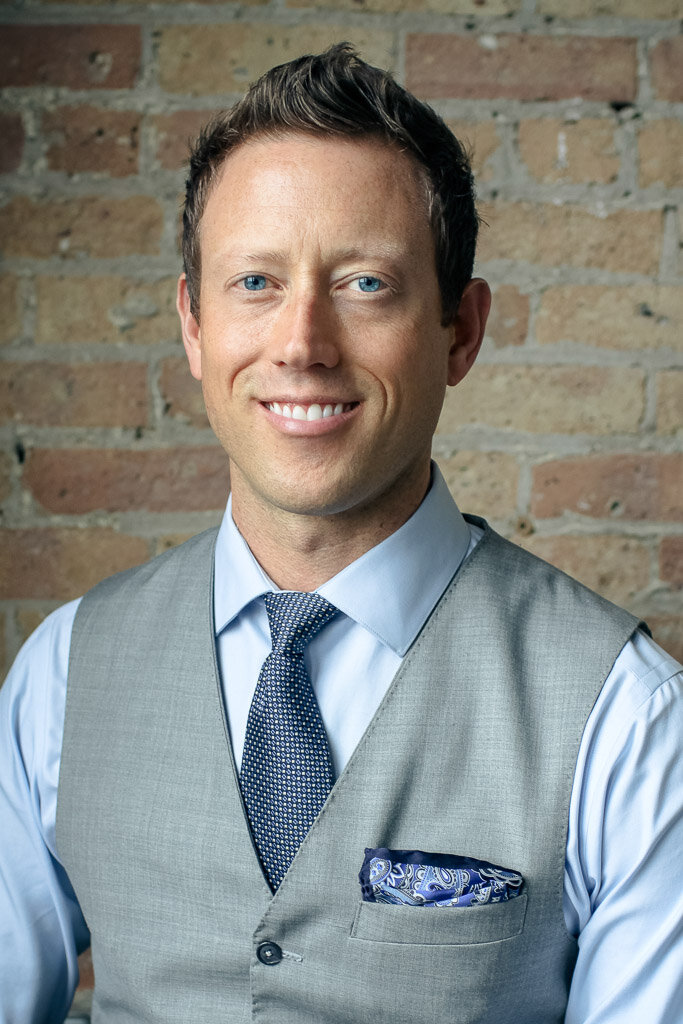Osteoporosis Strength Circuit: Legs, Lats, and Triceps Workout
ABSTRACT
Enhance bone density and muscular endurance with this Phase 2 NASM OPT Model program focusing on legs, lats, and triceps. Follow a structured circuit with warm-up and assessment sections, emphasizing safety and customization. Adapt the program, swap exercises, and challenge yourself while respecting physical limits. This program is appropriate for women over 50 with osteoporosis, osteoarthritis, and osteopenia.
KEYWORDS
Osteoporosis program
NASM OPT Model
Strength endurance
Bone density
Osteoporosis leg workout
Osteoporosis lat workout
Osteoporosis triceps workout
Osteoporosis resistance training
Osteoporosis warm-up exercises
Injury prevention
Osteoporosis Program 1: NASM OPT Model Phase 2 Strength Endurance (4-Week Program)
The intention is to build stability, muscular endurance, and strength. This program is appropriate for women over 50 with osteoporosis, osteoarthritis, and osteopenia. Adapt the difficulty based on fitness level and condition.
Day 3: Restorative Yoga, Hike, or Cardio of Your Choice
Day 5: Wellen Health or Brick House Bone Program or a Functional/Stability Program (Your Choice)
Osteoporosis PROGRAM 1: STRENGTH CIRCUIT FOR LEGS, LATS, AND TRICEPS WORKOUT
NASM OPT Model Phase 2 Strength Endurance
We must increase muscle mass to protect our bones and maintain proper posture! Perform the exercises in this order. Note the descriptions next to each exercise (e.g., hinging hips, etc.). Please substitute as needed. Don’t forget to complete the “Assessment Section.” 12 reps per exercise.
Program and Injury Notes
By performing Program 1 of Phase 2, it’s assumed that you’ve established your baseline of corrective exercise, foundational training, and stability in a prior Phase 1 program. Wellen Health offers a wonderful subscription program to begin your first step.
While resistance bands offer an in-home solution and are great for building muscular endurance and stability, dumbbells, cable machines, and other muscle-specific machines will significantly increase your bone density. Resistance band exercises are a functional part of a program, not the whole. No matter the equipment, though, moderate to high-intensity efforts are essential for the proper breakdown and growth of your muscles and bones. Appropriately challenge yourself but safely.
Please refrain from the “No pain, no gain” adage and respect your physical boundary lines. While these exercises will serve your bone density goals, they shouldn’t compromise your body or lead to any compensations, pain, or discomfort. If you feel unstable or discomfort, minimize the range by 25-50% or reduce the load. Still doesn’t feel right? Abandon the exercise and move on to the next.
The Warmup Exercises have been carefully selected to counter the imbalances created by sitting, typing on phones and computers, sleeping on your sides, and more. They don’t account for your individual needs and wants. Feel free to add your physical therapy or favorite warmup exercises to this section, too!
Other Considerations:
Avoid heavily weighted barbell back squats, jumping, or single-leg exercises without assistance. Start with a small range of motion and self-select a range you feel in control of.
Avoid too much extension or flexion of the spine.
As the integrity of the skeleton breaks down with osteopenia or osteoporosis, several postural deviations can appear. Commonly, the spine will begin to curve right or left. This can be observed in the anterior or posterior observation, which can show up as a lateral tilt of the shoulders or a hip hike on one side. Additionally, kyphosis can appear as the skeleton collapses, developing a forward head position. Mindfully avoid any movements that reinforce these deviations.
Dynamic weight-bearing exercise with high force (e.g., jumping or plyometrics) has improved bone mineral density in adult women diagnosed with osteopenia or osteoporosis. Nevertheless, the sheer force of these movements can lead to fractures. Avoid these movements unless you’re under the guidance of a practitioner.
Warmup: Please complete this warmup before moving on to Circuit 1.
1st: Shoulder External Rotation in Neutral Position
2nd: Shoulder External Rotation at 90 Degrees
3rd: Alligators
4th: Hip Stretches (stand if necessary and don’t overstretch the hip flexors, hinge your hips back)
5th: Glute Bridges
6th: Kneeling Thoracic Extension
Circuit 1: Repeat this circuit 2x before moving on to Circuit 2. 12 reps per exercise.
1st: Seated or kneeling band or cable machine lat pulldowns (attach the band at the top of the door or use a cable machine and set the arms above the head)
2nd: Assisted Reverse Lunge (reduce range by 25% if you feel your knees)
3rd: Dumbbell kickbacks (use a bench or bed to reduce discomfort in the knees)
4th: Plank (plank on a bench or bed if you feel your lower back, keep your hips up)
60-second break
Circuit 2: Repeat this circuit 2x before moving on to Circuit 3. 12 reps per exercise.
1st: Walking lunge with dumbbells (reduce range by 25% if you feel your knees)
2nd: Standing band or cable wide row (attach the band in front of the chest on the door or use a cable machine and set the arms at chest height)
3rd: Close-grip dumbbell chest press on the floor or bench (keep the dumbbells close to your hips as you lie back)
4th: Plank on a bed or bench with alternating arm extensions (keep your hips up)
60-second break
Circuit 3: Complete this circuit 2X. 12 reps per exercise.
1st: Squat while holding a dumbbell between the legs (adapt this video by removing the risers and only squat with your feet on the ground….don’t risk a fall)
2nd: Dumbbell tricep skull-crushers on the floor or bench (keep the dumbbells close to your hips as you lie back)
3rd: Step-ups with dumbbells (any variation): Maintain your right foot on the step for 10-12 reps and then switch.
60-second break
Assessment Section
No fitness or personal training program is perfect. Let’s reflect and adapt! Answer the following questions:
How would you adapt this training program?
Which exercises would you swap out?
How could you make this fitness program more challenging?
How would you change the order of the exercises?
Would you include more breaks in between the sets?
Would you include a different ratio of exercises instead?
If you’re looking for a personal trainer who can curate a sustainable (and adaptable) routine based on your needs and wants, Michael is the experienced practitioner you’ve been looking for. Try personal training for a month today…your body will thank you!
ABOUT THE AUTHOR: MICHAEL MOODY, PERSONAL TRAINER
As an author, a personal trainer in Denver, and podcast host, Michael Moody has helped personal training clients achieve new fitness heights and incredible weight loss transformations since 2005. He also produces the wellness podcast "The Elements of Being" and has been featured on NBC, WGN Radio, and PBS.
Michael offers personal training to Denver residents who want to meet at the 2460 W 26th Ave studio….or in their homes throughout LoHi (80206), LoDo (80202), RiNo (80216), Washington Park (80209), Cherry Creek (80206, 80209, 80243, 80246, 80231), and Highlands (80202, 80211, 80212). Michael also offers experiences with a personal trainer in Jefferson Park (80211) and Sloan's Lake (80204, 80212).


